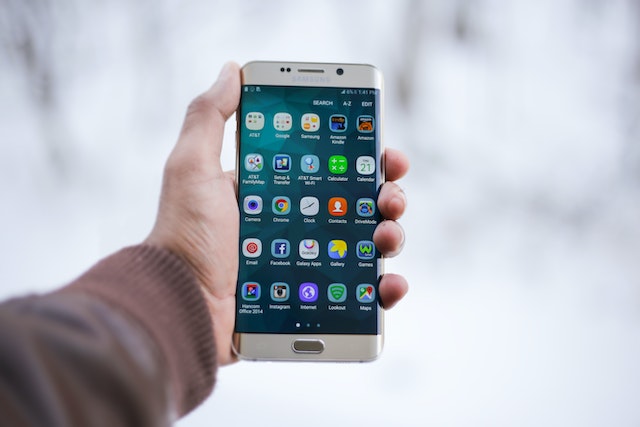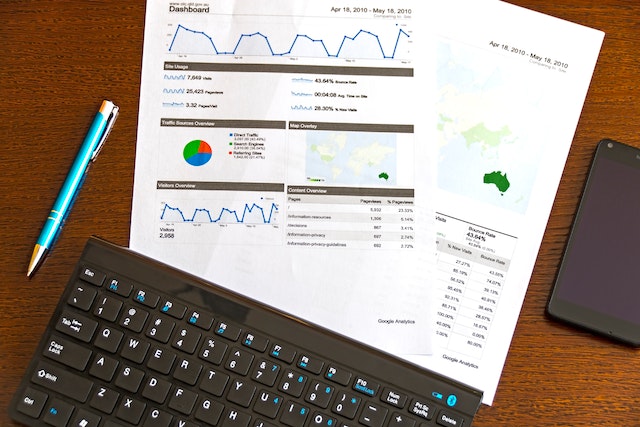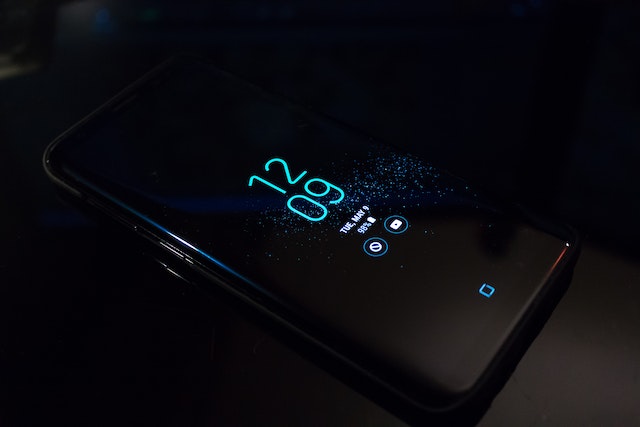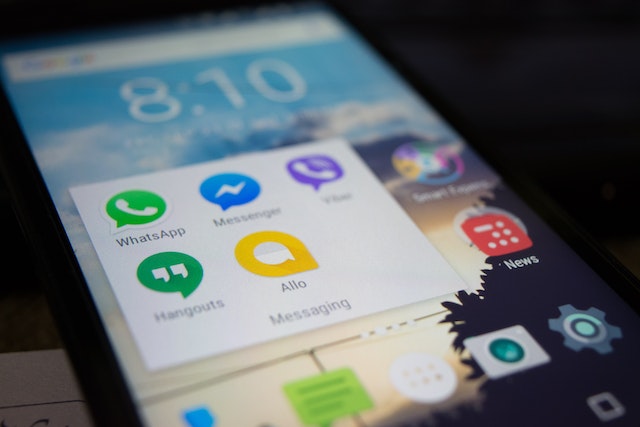The COVID-19 pandemic has brought about significant changes in our daily lives, including a shift in our app usage habits. As people adapted to new challenges and priorities, they turned to technology and mobile apps to stay connected, informed, and entertained.
Understanding the most commonly used app types during the pandemic can provide valuable insight into these changes and shed light on how people coped with the pandemic’s impact. Therefore, in this article, we will discuss the most commonly used app types in 2020 during the pandemic and what they reveal about our new way of life.
Communication Apps
Communication apps played a critical role in helping people stay connected during the pandemic, as in-person meetings and gatherings became more difficult. Communication apps enabled people to stay in touch with loved ones, colleagues, and healthcare professionals during the pandemic. They also provided a way for people to access important information and resources related to the pandemic, such as updates on vaccine availability and public health guidelines.
Some of the most commonly used communication apps during the pandemic included WhatsApp, Zoom, Microsoft Teams, and Google Meet. These apps offered a variety of features, such as video calling, messaging, and file sharing, which made them useful for both personal and professional communication.
Communication apps were used in a variety of ways in response to the pandemic. For example, healthcare professionals used communication apps to provide virtual consultations and to monitor patients remotely. Schools and universities used communication apps to conduct online classes and to communicate with students and parents. Communication apps also played a role in helping people stay connected to their communities, with religious organizations and community groups using them to hold virtual events and meetings.
Entertainment Apps
The pandemic caused widespread stay-at-home orders, which led to an increase in the usage of entertainment apps. With people spending more time at home, they turned to their smartphones for entertainment and distraction from the stresses of the pandemic.
Streaming apps, such as Netflix, Hulu, and Disney+, were among the most commonly used entertainment apps during the pandemic. These apps provided access to a vast library of movies and TV shows, allowing people to binge-watch their favorite programs or discover new ones.
In addition to streaming apps, gambling apps also saw an increase in usage during the pandemic. With traditional forms of entertainment such as traditional casinos and sports canceled or limited, people turned to gambling apps to fill the void. The best gambling apps have provided a way for people to engage in their favorite casino games, such as poker and slots.
These apps offer the convenience of being able to play anytime and anywhere, as long as there is an internet connection. They also have some bonuses and promotions that are not available in traditional casinos, making them a more attractive option for some players.
Entertainment apps played an important role in helping people cope with the pandemic’s impact on daily life. They provided a way for people to escape from the stress and anxiety of the pandemic and connect with others virtually through shared entertainment experiences. Additionally, entertainment apps helped people maintain a sense of normalcy and routine during a time of uncertainty and disruption.
Health and Wellness Apps
The pandemic caused people to prioritize their health and wellness, leading to an increase in the usage of health and wellness apps. These apps offer features such as guided workouts, meditation sessions, and nutritional guidance to help users stay healthy and active from the comfort of their own homes. As people sought ways to stay healthy and combat stress during the pandemic, health and wellness apps became increasingly popular.
Examples of commonly used health and wellness apps include Fitbit, MyFitnessPal, and Headspace. Fitbit offers features such as activity tracking, sleep monitoring, and guided workouts to help users achieve their fitness goals. MyFitnessPal provides nutritional guidance and helps users track their calorie intake. Headspace is a meditation app that offers guided meditations to help users reduce stress and anxiety.
Health and wellness apps were used to address physical and mental health concerns during the pandemic. As gyms and fitness studios closed, many people turned to health and wellness apps to stay active and maintain a sense of routine. Additionally, the pandemic took a toll on mental health, and health and wellness apps offered a way for users to address these concerns. Apps such as Headspace provided guided meditations to help users reduce stress and anxiety, while others offered mental health resources and support. Health and wellness apps played an important role in helping people prioritize their physical and mental health during a challenging time.
Online Shopping Apps
The pandemic has led to a significant increase in the usage of online shopping apps as people adapt to the new normal of remote work and social distancing. Many brick-and-mortar stores were closed or limited in their operations, leading to a surge in demand for online shopping. Commonly used online shopping apps include Amazon, Walmart, and Target, among others. These apps were used to purchase everything from groceries to home goods, and they provided a convenient and safe way to shop without leaving home.
Key Takeaways
The pandemic has had a significant impact on app usage trends, with communication, entertainment, health and wellness, and online shopping apps being among the most commonly used in 2020. Communication apps played a crucial role in maintaining social connections and facilitating remote work, while entertainment apps provided a means of escapism and distraction from the stress of the pandemic.
Health and wellness apps were used to address physical and mental health concerns, and online shopping apps were used to adapt to the new normal of remote work and social distancing. Understanding these app usage trends during times of crisis can provide valuable insight into how people adapt to new challenges and priorities. These trends also have implications for the future of app development and usage, as people’s needs and behaviors continue to evolve in response to the pandemic and other crises.










